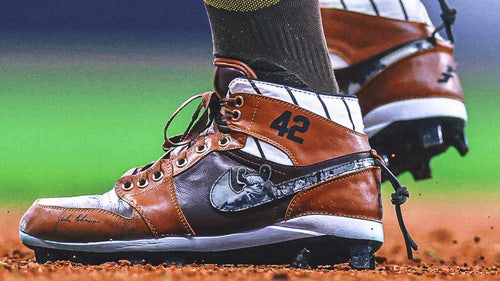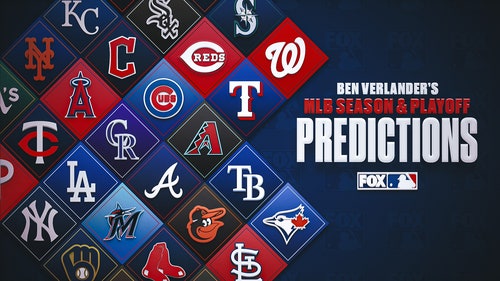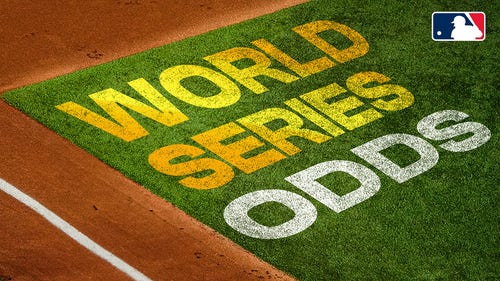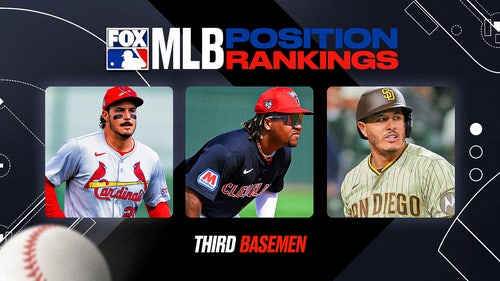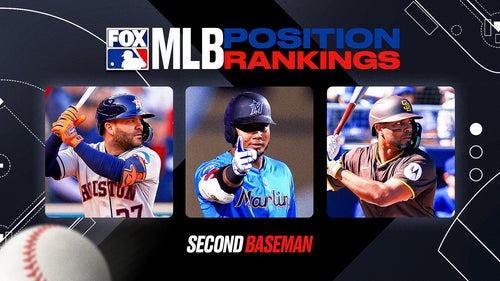
MadFriars feature: Nick Margevicius impressing many in the Padres organization

FORT WAYNE, Ind. — Many baseball prospects have to make a tough decision on whether to head to college or go pro at the end of high school. Nick Margevicius, who has been one of the better pitchers in the Padres’ system this year, never faced such a dilemma.
Nick Margevicius, 22, who has been one of the better pitchers in the Padres’ system this year, this wasn’t the case.
“It wasn’t even an option for me out of high school,” said the left-hander in Fort Wayne, just before he was promoted to High-A Lake Elsinore. “I was not a draft prospect even in the slightest.
“I was six-foot-two and threw about 80 miles per hour if I really pumped it up.”
In 2018, things have changed. Margevicius, 22, who the Padres drafted in the seventh round in 2017 out of Rider University in New Jersey, is now six-foot-five, 220 pounds and can throw his four-seam fastball in the low 90s.
At Fort Wayne this year, the 22-year-old had a 3.07 ERA in 76.1 innings with 87 strikeouts against only nine walks before being sent to Lake Elsinore in early July. TinCaps’ manager Anthony Contreras credited Margevicius’ preparation before the game as a key to his success.
“He does the same thing each time and it carries a lot of weight because it translates onto the field. He’s very competitive out there and really locked in. You see a lot of young pitchers they can lock it in for a few innings, but then it stops so they are constantly going through this rollercoaster.
“Nick, for the most part, doesn’t do that. He’s on point from the first pitch.”
Margevicius went to Rider mainly because the head coach promised him a chance to compete for one of the starting slots as a freshman. He won the competition and in three years with the Broncos he had a 3.18 ERA in 229 innings with 196 strikeouts and 62 walks. But scouts were looking more at what they thought he could become in the future than his current performance.
“What’s he going to be when he’s 24, 25?” said Broncos coach Barry Davis asked Rich Fisher of the Trentonian. “He’s going to throw harder. To me he looks like a starting pitcher, he doesn’t look like a lefty situational guy. He knows how to pitch, he understands it, he can get the ball coming downhill.”
After San Diego selected him, the Padres sent him briefly to the rookie-level Arizona League and then on to Tri-Cities, in the Northwest League where he put up solid numbers in his pro debut last summer. He posted a 1.24 ERA in 29 innings for a 3-0 record and discovered the joys of pitching to wood instead of metal.
“If the batter doesn’t get the barrel on the ball with a wood bat, it’s not going anywhere. Also, I really enjoyed snapping them when all they got out of it was some little flare to the infield. ‘Got get another one.’”
One of the bigger changes he noticed from college to the professional ranks was, as his TinCaps’ manager noted, the emphasis on preparation between starts.
“Our pitching development staff has a great emphasis on our throwing program. We only take the mound once out of every six days, so the days in between are important to get better. We have a whole throwing program mapped out with how we are supposed to approach every day between starts.”
Another change was moving from his slider to a curveball to get right-handed hitters to swing over the ball, especially after going high in the zone with his four-seam fastball.
“In college, I switched to the slider and I thought since I was throwing harder it would make more sense. It didn’t. With how I throw my fastball, it is better and also, I’ve learned how to throw it the right way."
“My slider didn’t have enough change of pace. The curveball has a lot of movement for the hitter to think about.”
For left-handed pitchers like Margevicius, the ability to throw consistently inside to righties can be a separator between becoming a major league starting pitcher or a situational lefty.
“In college sometimes, I didn’t know how to do it, and it would tail off arm side and it didn’t work,” Margevicius said on learning how to be comfortable throwing inside to right-handers. “I did it some in the Northwest League last year and really tried to do it here in Fort Wayne.
“A big emphasis is throwing the ball glove side and for me, that is inside to a right-handed hitter. That means getting extension, and the throwing program really helped me out when I got into the game.”
Margevicius’ fastball sits anywhere from 88 to 93 MPH, the curve and a changeup. He understands his game is more about fastball command than velocity.
“I don’t throw 95 plus so I can’t do just throw a fastball in the middle of the plate and think that they won’t touch it because they will. The way I pitch is that I’m going to put it on the corners. I’m going to move it up and I’m going to move it down and I’m going to throw changeups and curves in fastball counts.
“I’m going to throw quality strikes and I’m going to get ahead of you. You are not going to get pitches over the middle of the plate.
“I’m not afraid of contact. If you are going to hit it, you are going to hit it where I want you to hit it.”
John Conniff is the publisher of MadFriars.com, providing the web’s best coverage of the San Diego Padres minor league system. You can follow him @madfriars.







































































































































